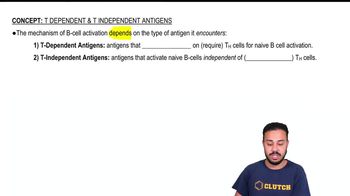Why are packed red blood cells not tissue typed? Select all that apply. (NCLEX/HESI/TEAS)
a. Red blood cells lack MHC II.
b. Red blood cells lack MHC I.
c. Red blood cells can’t stimulate an immune response.
d. Red blood cells aren’t transferred to others.
e. Red blood cells don’t make antibodies and therefore do not need to be typed.



